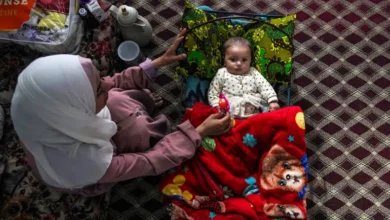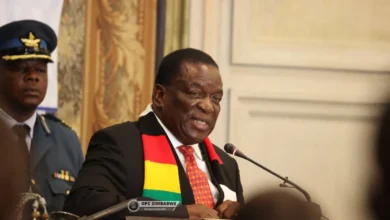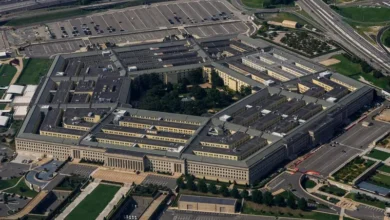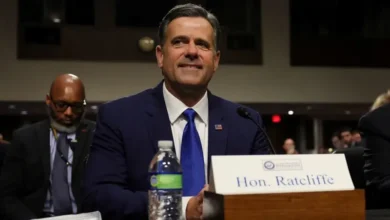Three years later, what we know: How did COVID start?
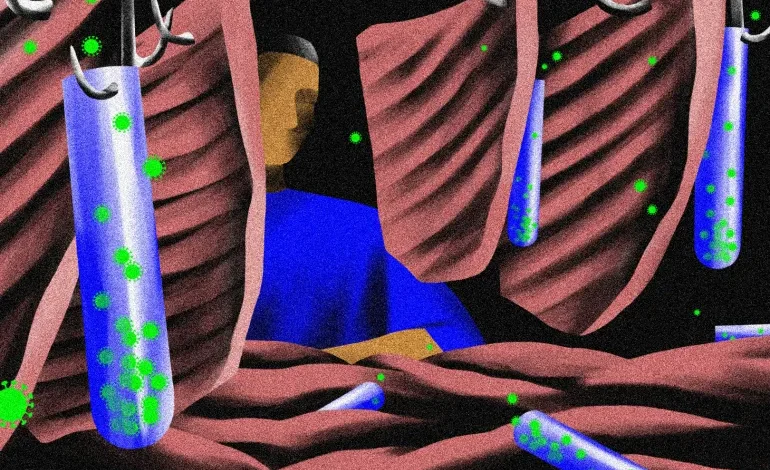
orders, forced humanity into their homes, battered economies and killed millions of people.
The virus was first detected in Wuhan, China in late December 2019, and was quickly linked to the Huanan Seafood Wholesale Market. But as cases began to grow, health authorities in Wuhan scrubbed the market clean by January 1, 2020.Removed from the market were the exotic wildlife, such as raccoon dogs and bamboo rats, that many scientists believe were the intermediary step between horseshoe bats – a common reservoir for coronaviruses and endemic to the area around Wuhan – and COVID-19’s jump to humans. Critical information has been missing from the start of the investigation and China has refused to give the WHO and other researchers full access to the remaining data.
In the place of answers are competing narratives.
On one end of the spectrum, there is evolutionary biology, which supports a natural or “zoonotic” outbreak. On the other end are those who believe it may have accidentally leaked from the Wuhan Institute of Virology, which lies less than a kilometre from the market and is known to handle dangerous pathogens. For them, compelling evidence lies in the fact that similar accidents have happened before in Taiwan, China and Singapore. Near misses have also been reported at labs in the United States, including at the University of North Carolina at Chapel Hill.
Conspiracy theorists and a few pundits believe that COVID-19 may have been a bioweapon, released by either the US or China depending on their political leanings.So what do we really know, and what does science suggest might be the origin story of the virus?
The short answer: Scientists and other experts appear to skew towards believing in a natural cause — that the virus indeed spread from animals to humans. But China’s opacity has led to a dearth of evidence from the period, which, in turn, has kept scientists from making any definitive conclusions and has generated conspiracy theories.‘Solid evidence China was hiding’
Questions about the origin of COVID-19 have gained new urgency in recent weeks amid a slew of headline-grabbing suggestions emerging from US authorities.
In early February, the US Department of Energy’s intelligence agency said with “low confidence” that it believed the virus originated from a lab leak, based on undisclosed information. Shortly afterwards, FBI Director Christopher Wray also said the bureau has “for quite some time now, assessed that the origins of the pandemic are most likely a potential lab incident in Wuhan”, even though four other US intelligence agencies and the National Intelligence Council had previously concluded with “low certainty” that the virus emerged naturally.But while lab leak theories have become highly politicised, especially with the geopolitical tensions between the US and China, concerns about Beijing’s lack of transparency on COVID-19 origins date back to the start of the crisis.
Besides removing valuable evidence at the Huanan market, China also did not officially declare the virus contagious through human-to-human transmission until January 20, 2020, even though its epidemiologists began using advanced monitoring techniques in late December as infections from the unknown virus grew. This became clear in a study published in the New England Journal of Medicine in March 2020 by Chinese researchers, based on data from 425 collected cases between December 10 and January 4.“I call this 100 percent solid evidence China was hiding the fact that it knew it was contagious,” Chunhuei Chi, director of Oregon State University’s Center for Global Health, told Al Jazeera. “They started collecting samples at the beginning of December which means they knew about this disease much earlier.”
“Had they disclosed the contagious nature earlier, we would not be in this pandemic at all,” Chi said.
Other factors fed suspicions about China’s actions, too.
Two different strains of COVID-19 were discovered early on in the pandemic, known as “Lineage A” and “Lineage B,” suggesting that the virus had been circulating for long enough to mutate. Another question was the fact that three lab workers from the Wuhan lab reportedly sought medical treatment in November 2020, according to a US intelligence report seen by the Wall Street Journal, although it is not uncommon in China to seek primary care at a hospital for relatively minor complaints.
China also punished whistleblowing doctor Li Wenliang who first warned about the new virus. Beijing earned further bad press when it appeared to stonewall an investigation by the WHO in 2021, whose results were inconclusive.
Natural spillover ‘most probable answer’
In May 2021, a group of prominent scientists, including Michael Worobey, an evolutionary biologist at the University of Arizona, and Jesse Bloom, a virologist and professor at the Fred Hutchinson Cancer Center in Seattle, called for further study into COVID-19’s origins. Their signed letter in the journal Science did not dismiss an accidental lab leak as a possible cause.



